Researchers Discover a Tree Taller Than the Statue of Liberty in the Earth’s Deepest Canyon
Researchers have stumbled upon the tallest tree in Asia, nestled deep in the remote and awe-inspiring Yarlung Tsangpo Grand Canyon of Tibet.
Reaching several hundred feet into the sky, this magnificent tree, found in the Earth’s deepest canyon, dwarfs even the iconic Statue of Liberty in New York in size.
The Canyons of Earth
Nature’s ability to slowly carve out distinct geological features on an unprecedented scale has resulted in genuinely mesmerizing regions such as Arizona’s Grand Canyon.
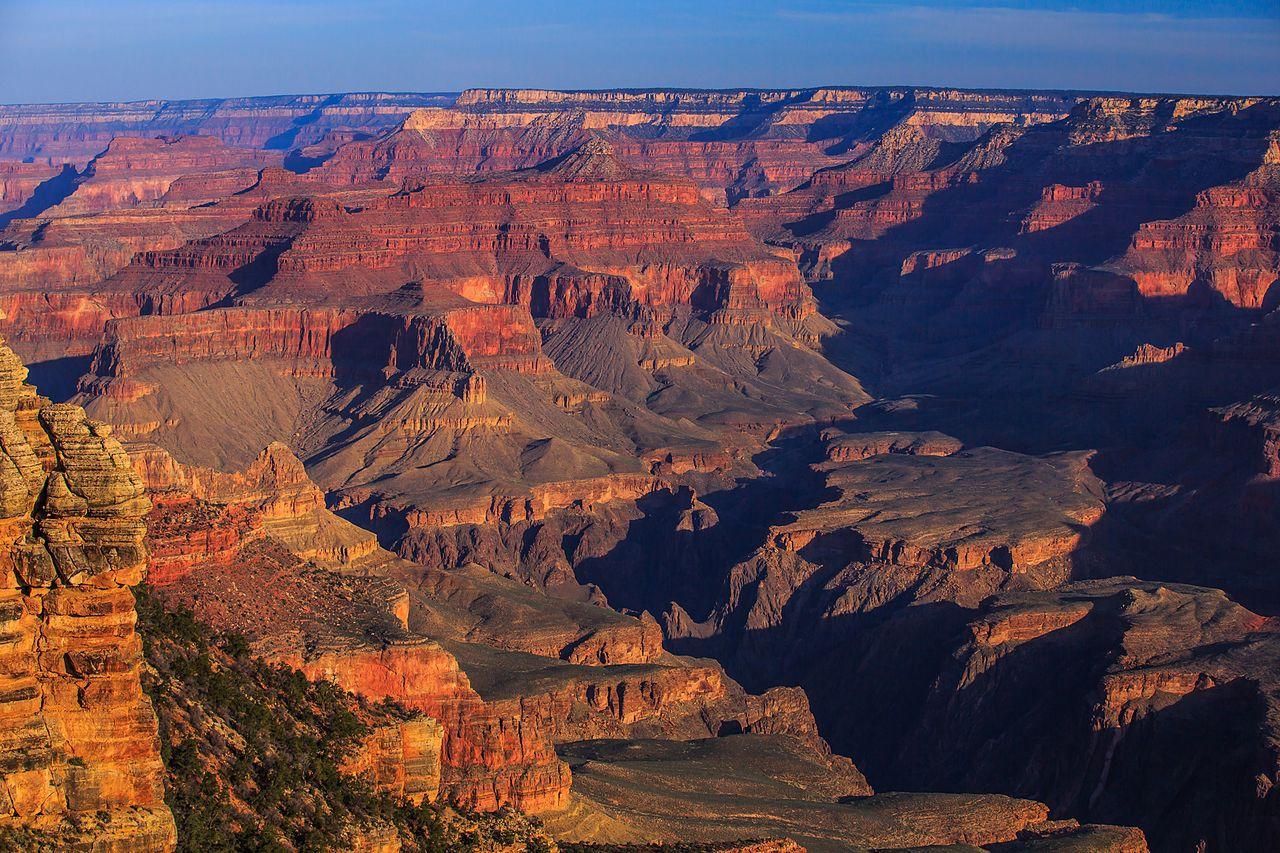
Source: Wikimedia
Despite its encompassing nature, covering a staggering 1,900 square miles, the Grand Canyon is not the world’s largest terrestrial or land canyon. Instead, that record goes to Tibet’s Yarlung Tsangpo Grand Canyon.
The World's Largest Terrestrial Canyon
Located along the Yarlung Tsangpo River in Tibet Autonomous Region, China, the Yarlung Tsangpo Grand Canyon stretches 314 miles, making it a unique geological wonder, 37 miles longer than Arizona’s Grand Canyon.

Source: Wikimedia
It also extends to a depth of around 20,000 feet at the canyon’s deepest point and includes some of the most treacherous and least explored landscapes on Earth.
The Highest River on Earth
The Yarlung Tsangpo River, from which the canyon derives its name, is a unique natural wonder in its own right. Often referred to as the “Everest of Rivers” due to its average elevation of around 13,000 feet, it is the highest-elevated river on our planet.
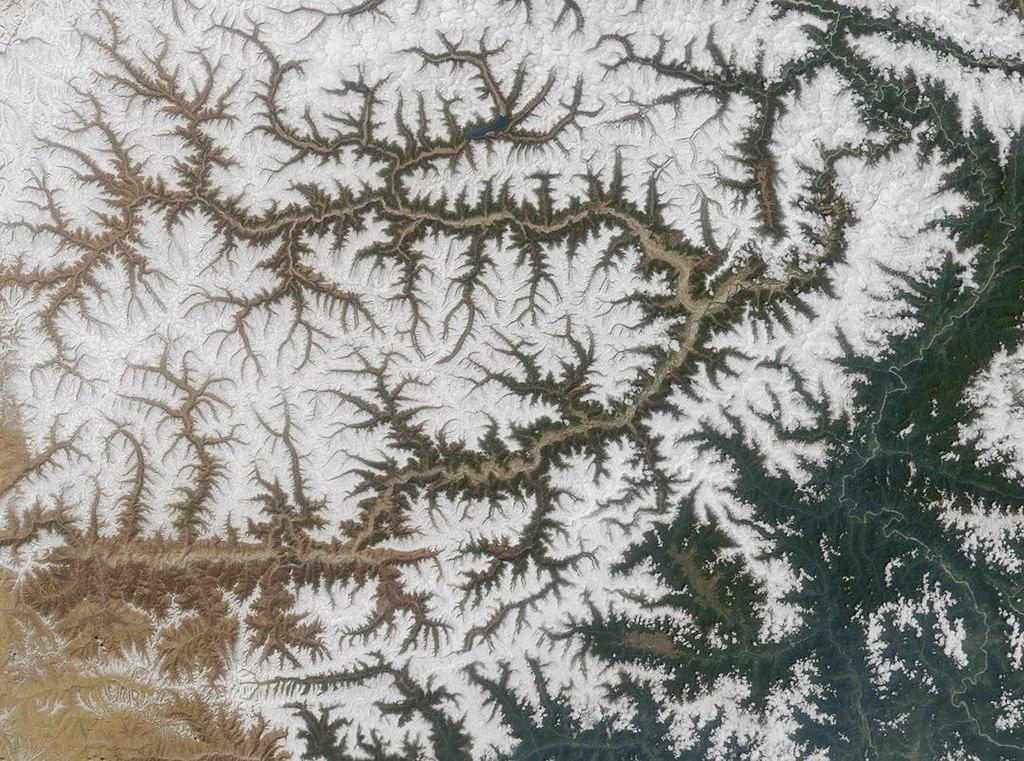
Source: Wikimedia
This river has the highest average elevation of any on our planet. Its headwaters begin in western Tibet at Angsi Glacier and vent eastwards across the Tibetan Plateau before joining the Brahmaputra River in the southwest part of the nation.
Seven-Mile-Deep Gorge Under the Pacific Ocean
As its deepest point extends downwards for 4 miles, the Yarlung Tsangpo is significantly taller than the Grand Canyon, which only reaches a depth of around 1 mile.
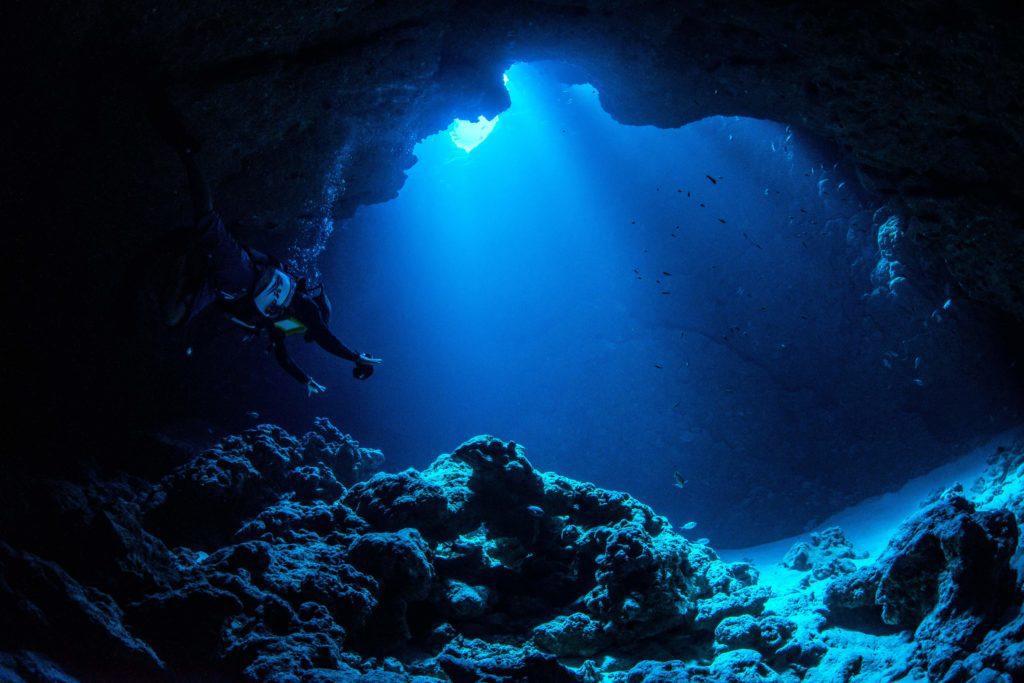
Source: Wikimedia
However, in terms of the deepest gorge on Earth, Tibet’s Grand Canyon comes in second to the Mariana Trench, which extends more than seven miles beneath the surface of the Pacific Ocean.
The Tallest Tree in Asia
Despite being outshined in depth by the Mariana Trench, the Yarlung Tsangpo Grand Canyon is still a remarkably fascinating region full of diverse plant life that’s seldom explored.
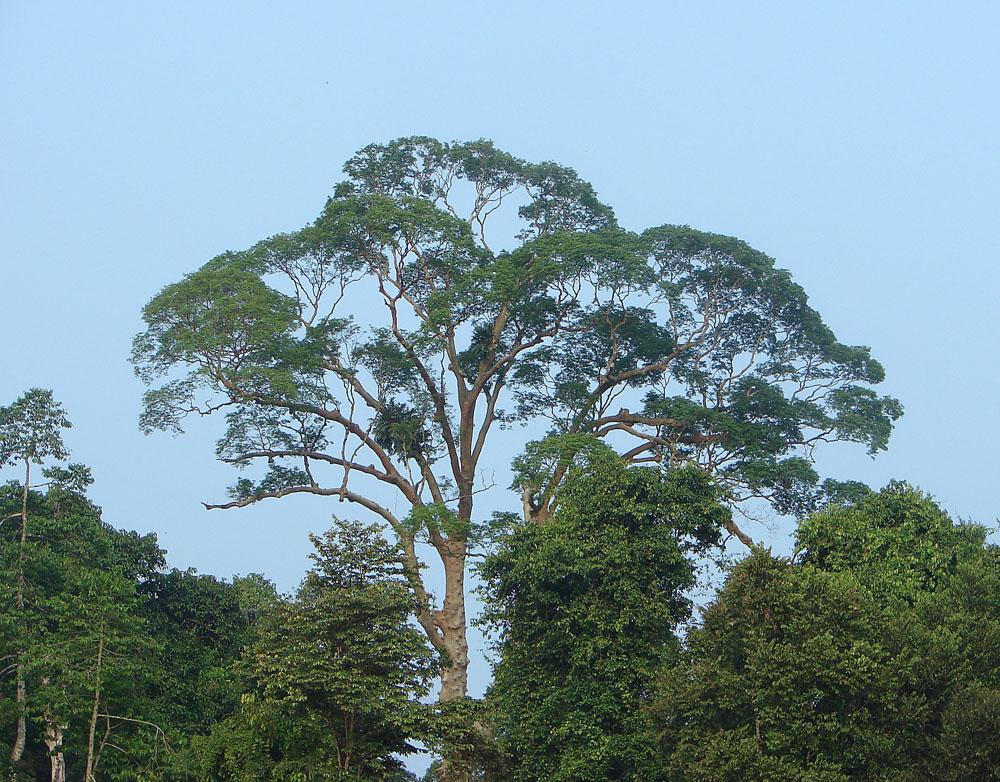
Source: Wikimedia
From impressive waterfalls to thick forests and varying climates, Tibet’s Grand Canyon is a fascinating example of Mother Nature’s beauty. It is also home to the tallest tree in all of Asia.
335-Foot-Tall cypress in Nepal’s Grand Canyon
In one part of the extensive canyon, a mammoth Cypress tree towers some 335 feet over the surrounding landscape. A team of researchers from Peking University measured the tree last year as part of an ecological survey in the region.
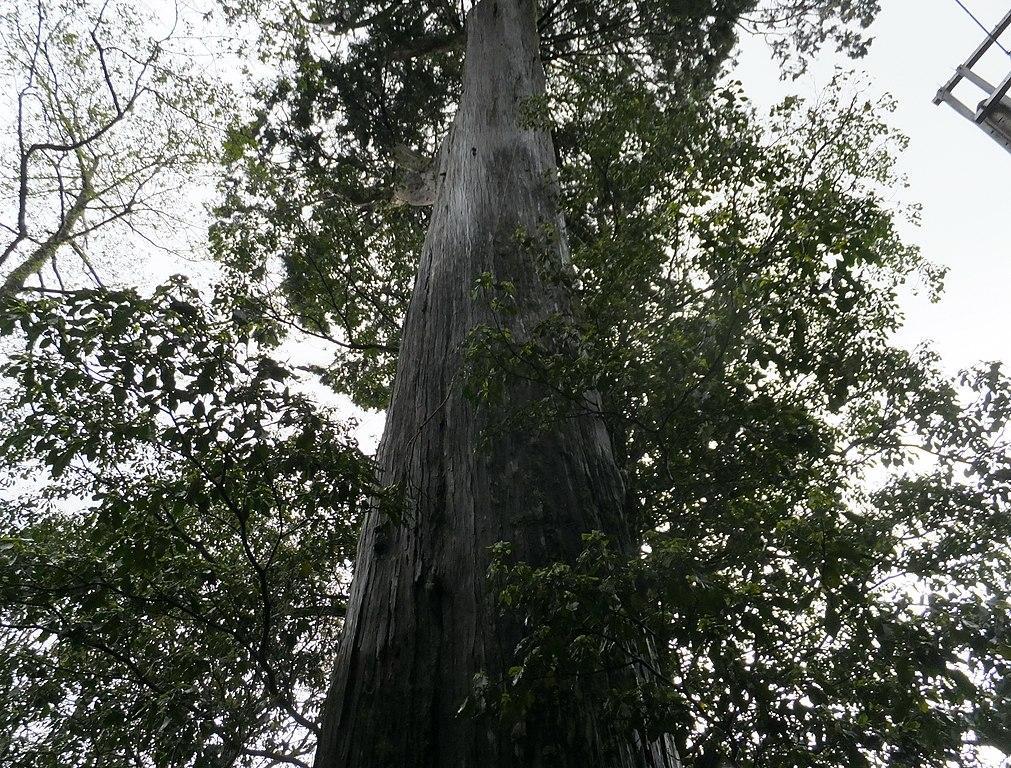
Source: Wikimedia
However, scientists have yet to discern what species the tree belongs to. Some propose it is a Tibetan cypress (Cupressus gigantea), whereas others suggest it could be a Himalayan cypress (Cupressus torulosa).
Cypress Tree Stands Taller than American Landmark
Despite the confusion surrounding the exact species of the mammoth tree, researchers are sure it’s the tallest tree in all of Asia.
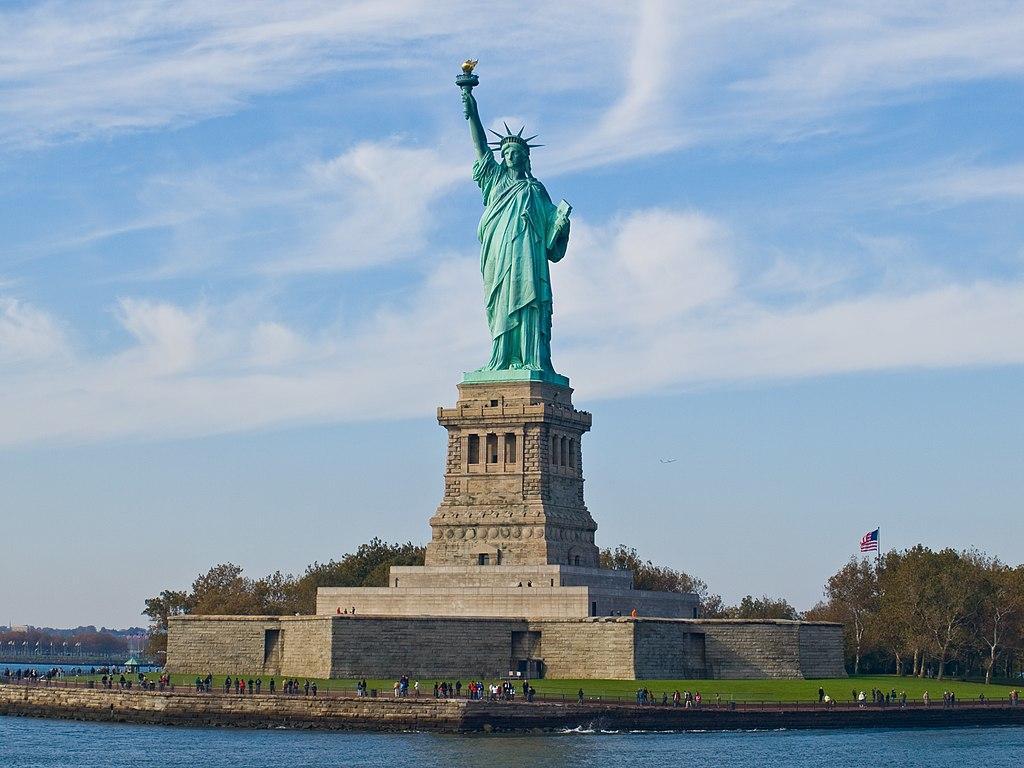
Source: Wikimedia
In fact, the cypress is so tall that it exceeds the height of the iconic American landmark, the Statue of Liberty, which is about 30 feet shorter.
The Tallest Tree in the World
While the cypress found in Tibet’s Grand Canyon is undoubtedly one of the tallest trees on Earth, it is around 45 feet shorter than the Hyperion, a redwood located in the heart of Redwood National Park in California.
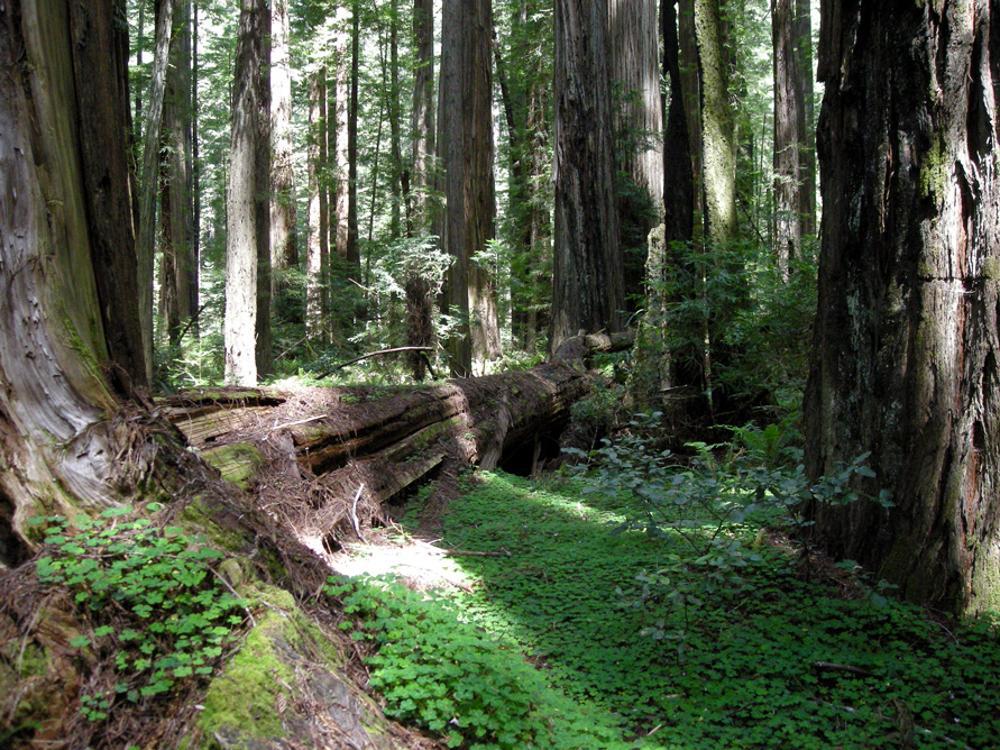
Source: Wikimedia
This redwood is the largest tree by height in the world, extending a staggering 379.1 feet towards the sky.
The Formation of the Yarlung Tsangpo Grand Canyon
According to researchers, the Yarlung Tsangpo Grand Canyon is around 3 million years old, having first formed during the Pliocene period.
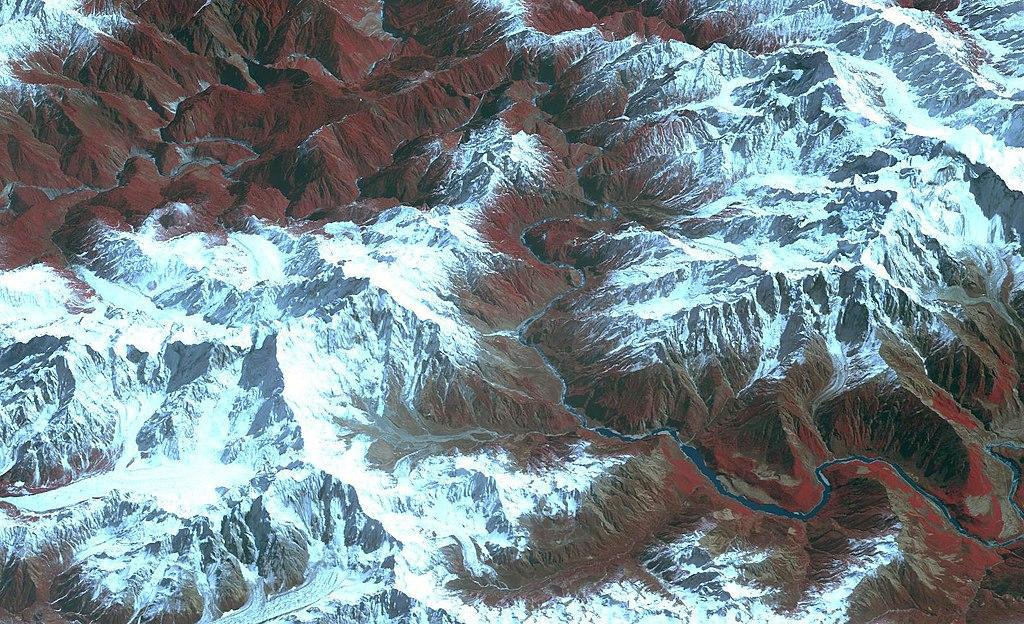
Source: Wikimedia
During this era, scientists propose that Earth’s tectonic forces pushed up the crust, creating the deep gorge surrounding the Yarlung Tsangpo River. The latter would then erode the banks over millions of years.
Discovery of the Ancient Canyon in Tibet
A group of Caltech researchers working alongside China’s Earthquake Administration revealed they discovered the ancient canyon over a decade ago.
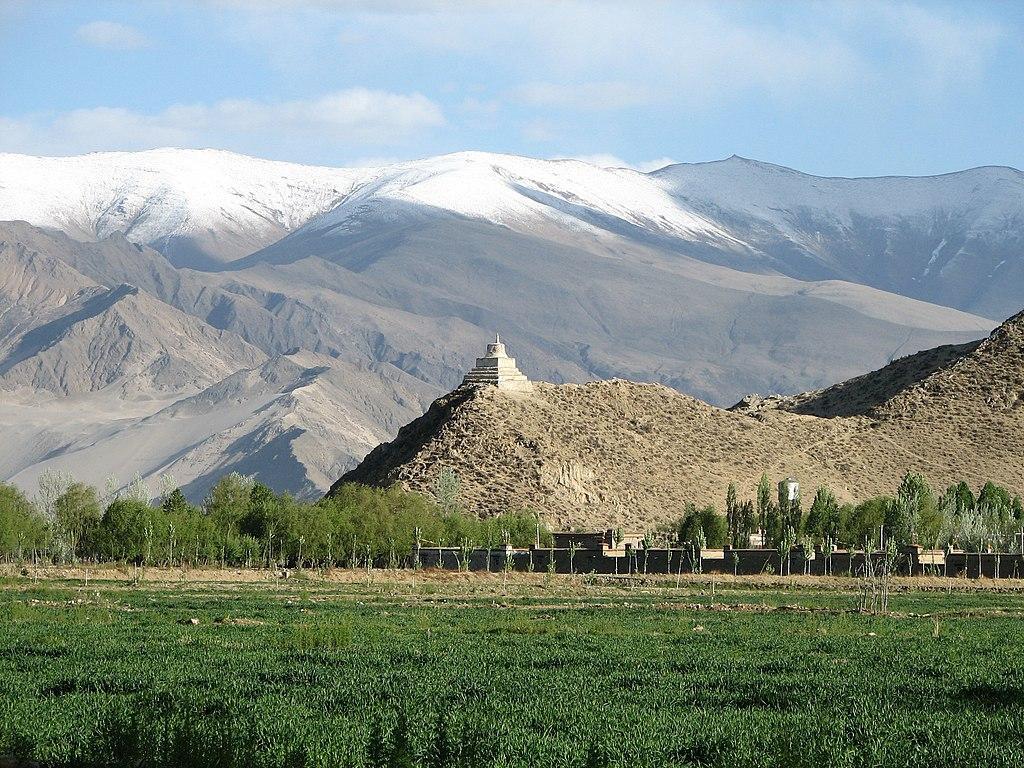
Source: Wikimedia
“I was extremely surprised when my colleagues, Jing Liu-Zeng and Dirk Scherler, showed me the evidence for this canyon in southern Tibet,” said Jean-Philippe Avouac, the Earle C. Anthony Professor of Geology at Caltech.
Significance of the Discovery
Regarding the implications of their discovery, Avouac explained their initial findings were surprising.

Source: Freepik
“When I first saw the data, I said, ‘Wow!’ It was amazing to see that the river once cut quite deeply into the Tibetan Plateau because it does not today. That was a big discovery, in my opinion,” he said.
